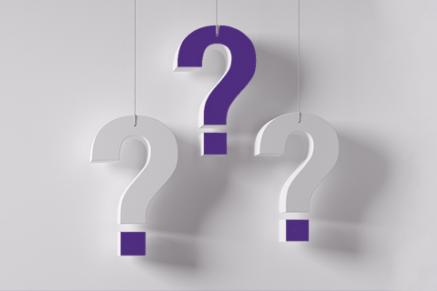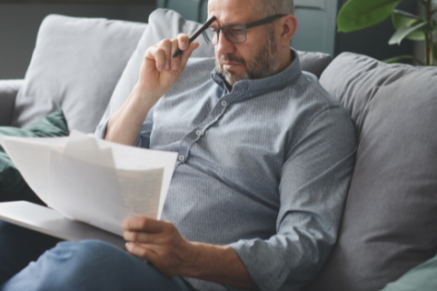
Bankruptcy in Quebec
In short
- Personal bankruptcy frees you from your debts and allows you to start afresh.
- Under the law, it can only be filed by a trustee authorized in insolvency.
- It has a number of advantages, including protecting you from your creditors.
- To declare bankruptcy, you must meet certain conditions, including being insolvent, i.e., owing more money than the value of your assets.
- Going bankrupt is a difficult decision, but it may be the best solution for you.
- There are other bankruptcy alternatives such as a consumer proposal.
- One of our licensed insolvency trustees will help you determine the best option for your situation.
In 2023, many households had trouble breaking even and had to file for personal bankruptcy. Some businesses, particularly in the restaurant industry, did not escape this either. With rumours of recession, this trend is unfortunately likely to continue in 2024. That’s why we’re here to explain what a personal bankruptcy filing is, what its advantages and disadvantages are, and how it differs from a consumer proposal.
What is personal bankruptcy?
Personal bankruptcy is a solution to indebtedness that allows you to free yourself of debt and start over. Once the procedure is complete, you will no longer have any overdue bills, tax debts or credit card or line of credit debts.
Bankruptcy is a procedure governed by the Bankruptcy and Insolvency Act (BIA). Only a licensed insolvency trustee (LIT) such as those at Raymond Chabot are authorized to file for bankruptcy. So, it’s best to contact them directly. The first consultation is free, and they will explain all the steps you need to take. And just because you consult an LIT doesn’t mean you have to file for bankruptcy. There are other alternatives to bankruptcy, such as a consumer proposal, also known as a proposal to creditors (see below).
What are the steps involved in filing for bankruptcy?
- The LIT will notify your creditors of your action and will henceforth be their sole contact, freeing you from unpleasant phone calls.
- The trustee will seize and sell your assets in order to repay your creditors.
- A portion of your salary may also be withheld to pay your debts.
- You will be discharged from your debts generally between 9 and 21 months from the date of your first bankruptcy (if this is a first-time bankruptcy).
But note that, even in bankruptcy, contrary to many myths, you will be able to keep some of your assets (such as your RRSPs and your furniture or any other asset for which you have made an agreement with the trustee).
What are the conditions for filing for personal bankruptcy?
- You are insolvent, i.e., you owe more money than your assets are worth.
- Your debts exceed $1,000.
- You reside or own property in Canada.
The LIT will help determine whether you are eligible for bankruptcy.
What are the advantages and disadvantages of bankruptcy?
Advantages of bankruptcy
- You will be debt-free.
- You will feel much less stressed.
- You will be protected from harassment by your creditors and will have the right to stop seizures.
- You can regain control of your financial situation.
Disadvantages of bankruptcy
For six to seven years, your credit file will show that you have declared bankruptcy. During this period, you will have to prove that your financial situation is stable in order to obtain credit again.
However, over time and by adopting healthy habits, you can rebuild your credit.
Going bankrupt is a difficult decision, but it may be the best solution for you. An insolvency trustee is your best ally in advising you. Don’t hesitate to contact us if you need help.
Alternatives to bankruptcy
Bankruptcy is considered a last resort. If you have debt problems, there are other procedures available to you to avoid bankruptcy:
- Consumer proposal: with this agreement, you pay off only a portion of your debts to your creditors and can also extend the repayment period. To find out more about the differences between a consumer proposal and bankruptcy, consult our article on the subject.
- Debt consolidation: this consists of combining your debts into a single loan to get a better interest rate and making only one payment per month.
- Voluntary deposit: you agree to make a monthly payment to the Court until all your debts have been repaid.
After analyzing your situation, one of our licensed insolvency trustees can help you find the best solution for you. Contact us today!
Meet with one of our counsellors for free
Don’t ignore a debt problem that’s ruining your life. Let’s work together to help you regain control of your finances.


